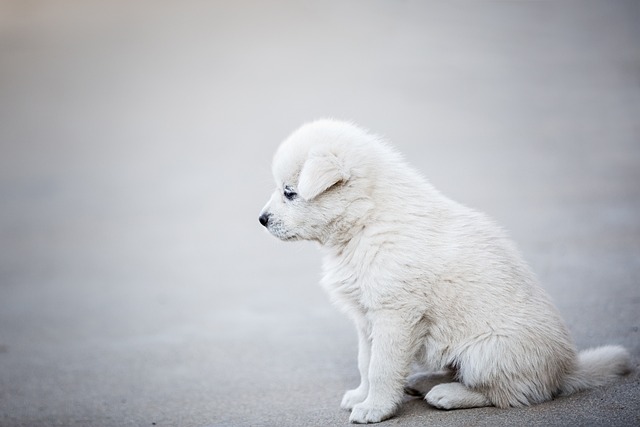
Do dogs like cold or warm water for baths?
Most dogs don’t jump for joy at bath time, but the right water temperature can turn a stressful chore into a calmer experience.
I’ll start with a worrying scenario of a new owner overlooking gear safety for their pup, highlight key camping gear hazards (choking, overheating, injury), explain how to avoid them, and weave in compliance and training tips naturally.
I knelt by my friend Jake’s New Hampshire campsite last weekend, watching his 1-year-old Beagle, Daisy, chew on a frayed camping leash—threads hanging from her mouth. “Is that dangerous? Are there any camping gear safety concerns for dogs I didn’t think about?” he asked, prying the leash from her jaws. If you’re a new U.S. dog owner gearing up for outdoor trips, the answer is a resounding yes—camping gear designed for humans or generic pets hides hidden risks for dogs. From toxic materials to choking hazards, ignoring these concerns can turn a fun trip into an emergency, but simple fixes keep your pup safe.
To understand camping gear safety concerns for dogs, let’s break down why “pet gear” isn’t always “safe gear.” Jake’s vet, Dr. Lopez, explained that dogs interact with gear differently than humans: they chew, lick, and explore with their mouths, and their bodies are sensitive to materials that seem harmless to us. Common hazards include frayed leashes (choking on threads), uninsulated sleeping pads (hypothermia), toxic fabrics (some waterproof coatings make dogs sick if chewed), and retractable leashes (jerking injuries to necks). Daisy’s frayed leash was a choking risk, and the cheap foam bed Jake bought would have soaked up dew, leaving her shivering. Unlike apartment gear (which stays in controlled spaces), camping gear faces dirt, moisture, and rough use—wear and tear turns “fine” gear into dangerous gear fast. Scolding a dog for chewing unsafe gear (like Jake almost did) violates U.S. animal welfare standards; Daisy wasn’t being destructive—she was curious, and our job is to remove hazards, not punish her.
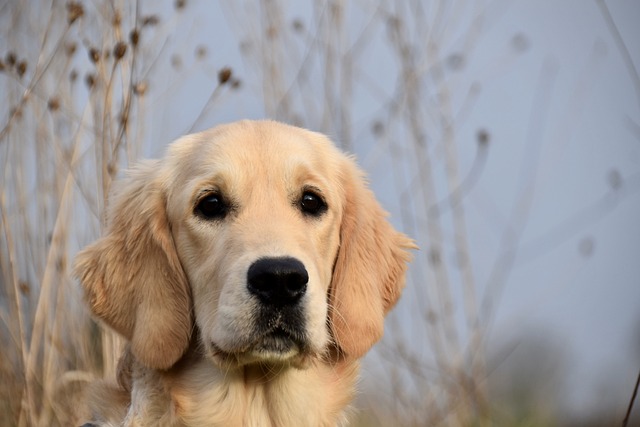
Here’s how to address camping gear safety concerns for dogs, using Jake’s revised setup for Daisy: First, inspect gear for wear (no frays or tears). Dr. Lopez told Jake to toss the frayed leash and buy a durable nylon one with reinforced stitching (no loose threads). He checked Daisy’s sleeping cot for broken legs (a trip hazard) and her collapsible bowl for cracks (leaks lead to spilled water and dehydration). For apartment storage, he hangs gear on a hook—easy to inspect before each trip. Second, avoid toxic materials (read labels!). Jake swapped his cheap foam bed for a vet-approved one made with non-toxic, chew-resistant fabric (no PVC or harsh dyes). He skipped scented gear (like citrus-scented tents)—strong fragrances irritate dogs’ noses and may be toxic if licked. Third, prioritize “escape-proof” and “weather-safe” gear. Daisy’s dog tent got a zip tie upgrade (prevents her from pushing the door open and wandering) and a waterproof rainfly (keeps her dry in storms). Her harness has a padded chest plate (no pressure on her trachea if she pulls) and a reflective strip (visible at dusk—avoids getting lost). Fourth, train with gear at home (build safe habits). Jake practiced “leave it” with Daisy using her new leash—when she ignored it, he gave a treat (positive reinforcement to avoid chewing). She learned to associate gear with good things, not playthings.
For camping etiquette and compliance, safety ties to community rules: Jake packs extra biodegradable poop bags (U.S. national parks fine $200 for waste) and a first-aid kit (with vet-approved antiseptic for cuts from sharp gear). He keeps Daisy on a 6-foot leash (no retractables—unsafe on trails) and avoids letting her near other campers’ gear (prevents accidents and conflicts). Before the trip, he updated her rabies vaccine (mandatory everywhere) and brought a copy of her records—some campgrounds require proof of shots for safety. Dr. Lopez reminded him to never leave Daisy unattended with gear: “Even safe gear becomes dangerous if a dog gets tangled or trapped.”
Two days later, Jake texted me a photo: Daisy curled on her safe cot, leash neatly coiled nearby. Are there any camping gear safety concerns for dogs? For Daisy, it was frayed leashes and toxic beds. For your pup, it’s about inspecting gear, avoiding hazards, and training smart. Safe gear turns camping into a joy—no emergencies, just happy tails.

Most dogs don’t jump for joy at bath time, but the right water temperature can turn a stressful chore into a calmer experience.

I sat on my friend Jake’s Boston living room floor last weekend, watching him lean in to kiss his 1-year-old Beagle, Daisy—who immediately turned her head

I’ll start with a scenario of a new owner asking how to protect their young pup from future cognitive issues, explain the science behind preventing CCD (focused on brain health and aging)
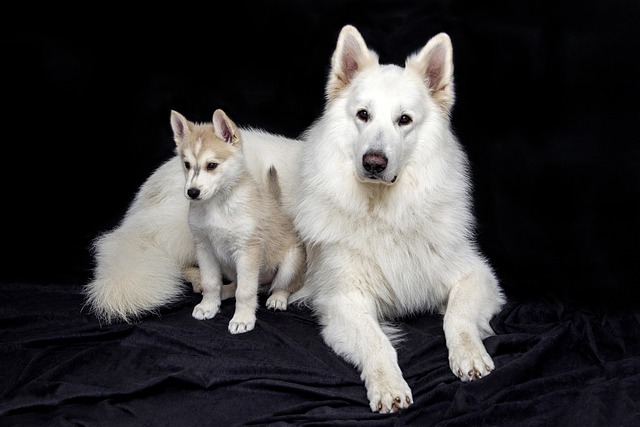
Many dog owners want to know what goes into a healthy homemade diet for their pups, especially when store-bought options don’t always fit their pet’s needs.
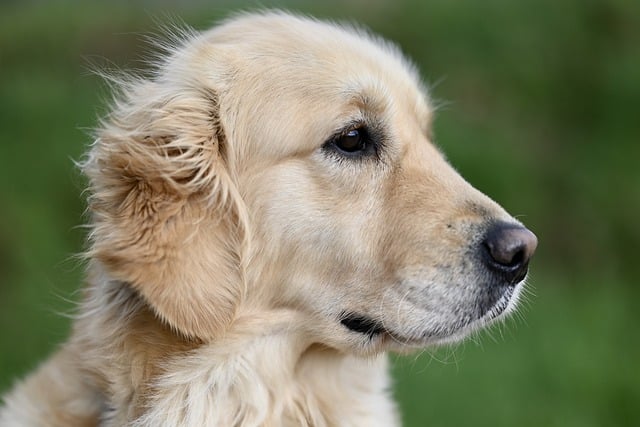
I’ll start with a relatable scenario of a new owner dealing with a soaked camping bed after rain, clarify that not all camping dog beds are waterproof
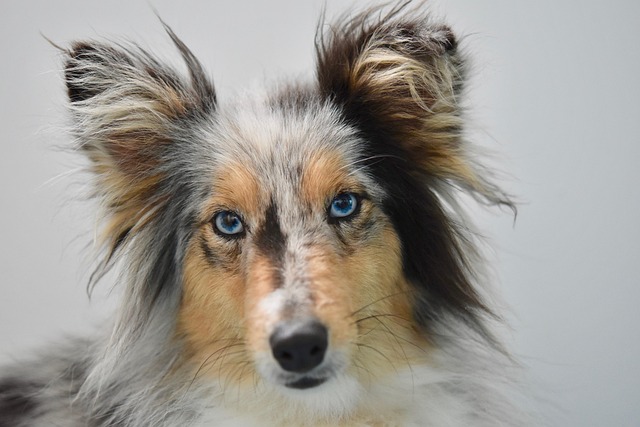
Most dogs don’t need routine gland expression until they hit specific life stages, but watching for signs matters more than a strict age.